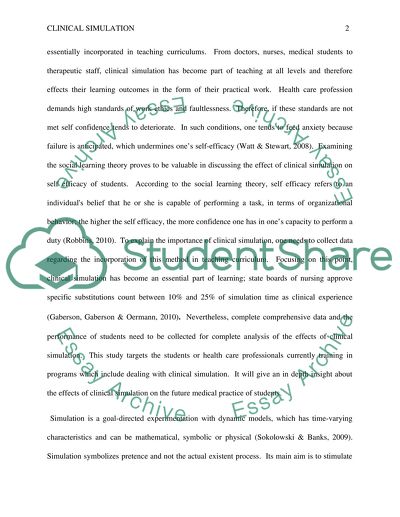Cite this document
(“The Effect of Clinical Simulation on Student Self Efficacy in Learning Research Paper”, n.d.)
Retrieved from https://studentshare.org/family-consumer-science/1405688-the-effect-of-clinical-simulation-on-student-self-efficacy-in-learning-at-nsu
Retrieved from https://studentshare.org/family-consumer-science/1405688-the-effect-of-clinical-simulation-on-student-self-efficacy-in-learning-at-nsu
(The Effect of Clinical Simulation on Student Self Efficacy in Learning Research Paper)
https://studentshare.org/family-consumer-science/1405688-the-effect-of-clinical-simulation-on-student-self-efficacy-in-learning-at-nsu.
https://studentshare.org/family-consumer-science/1405688-the-effect-of-clinical-simulation-on-student-self-efficacy-in-learning-at-nsu.
“The Effect of Clinical Simulation on Student Self Efficacy in Learning Research Paper”, n.d. https://studentshare.org/family-consumer-science/1405688-the-effect-of-clinical-simulation-on-student-self-efficacy-in-learning-at-nsu.


